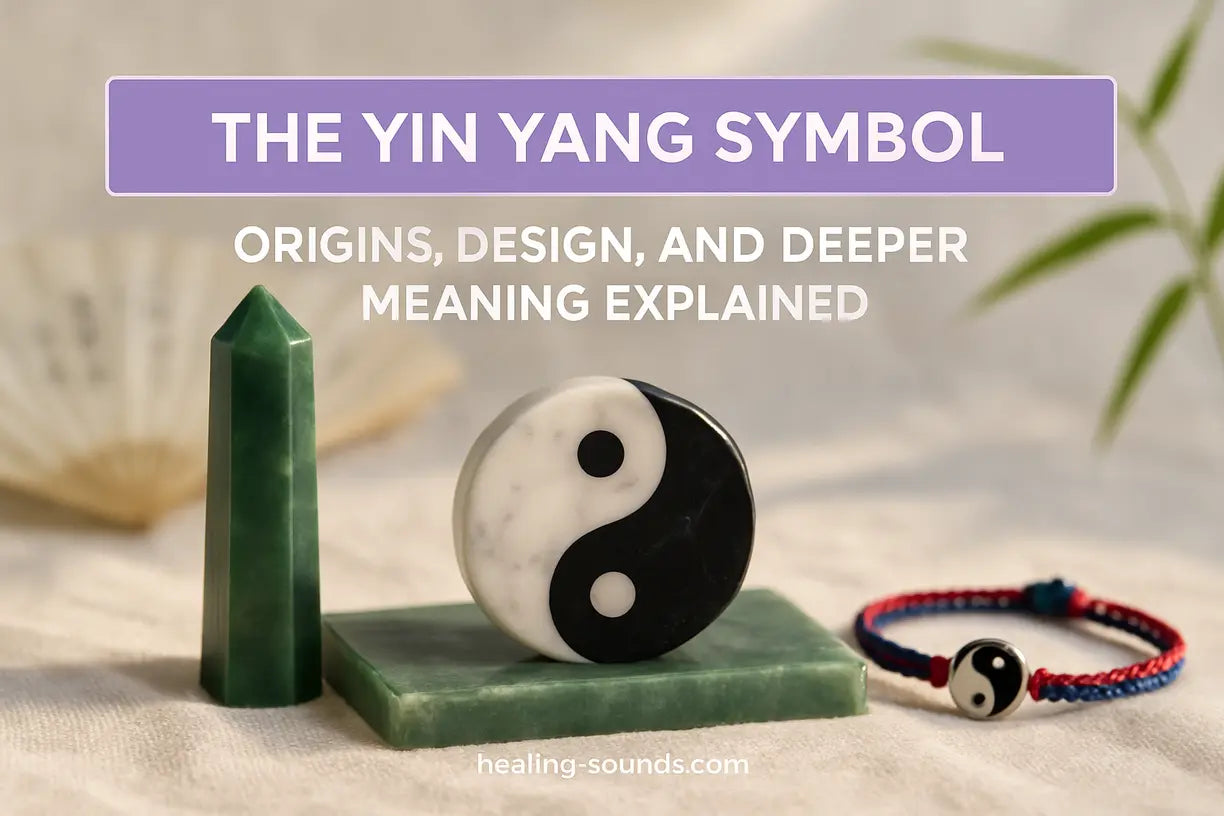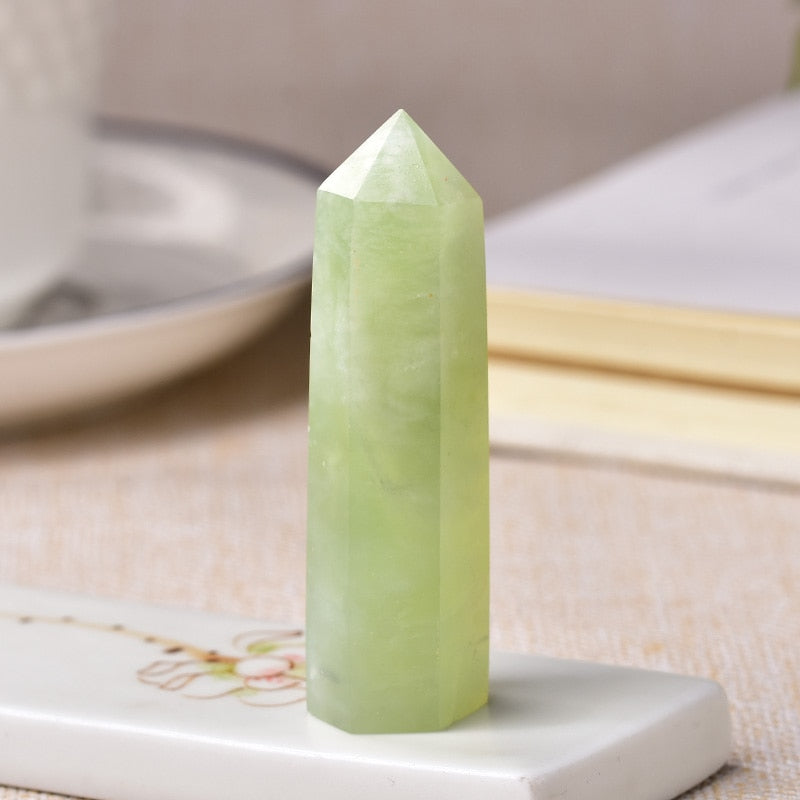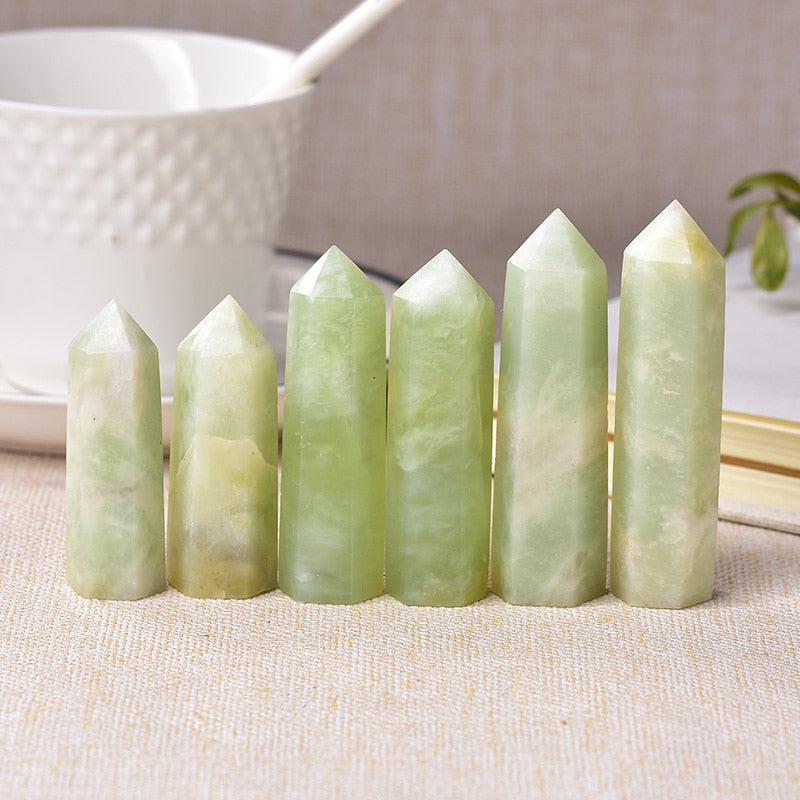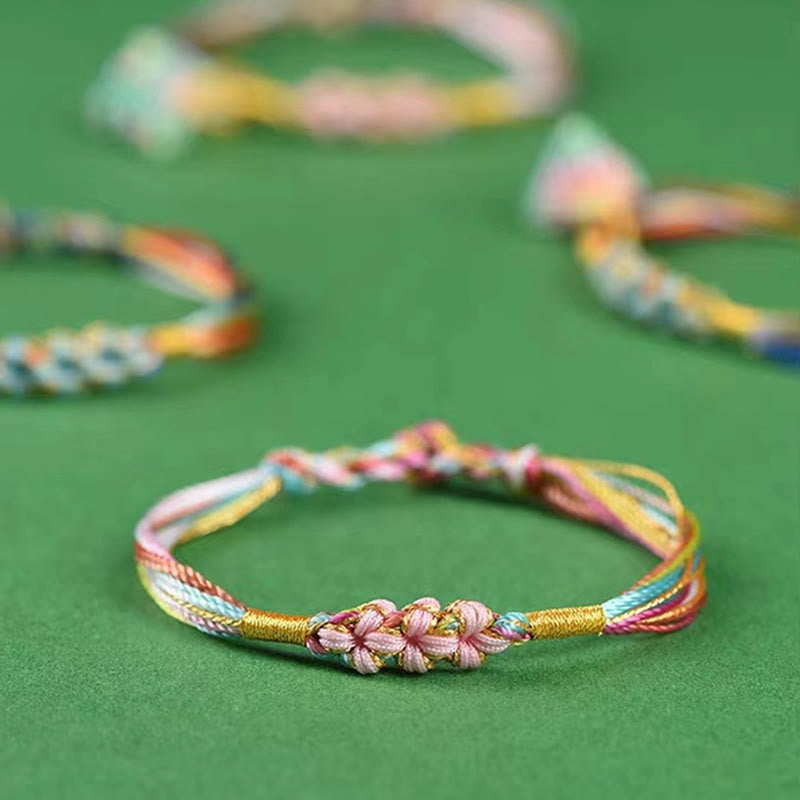The yin yang symbol is one of the most recognizable icons in the world, yet its true depth is often overlooked. More than just a striking black-and-white design, it is a profound map of the universe's dualistic nature, a visual guide to achieving harmony and balance in every aspect of life. For those drawn to spiritual exploration and holistic wellness, understanding the intricate layers of the yin yang symbolism unlocks a powerful framework for personal growth and mindfulness.
This article delves into the heart of the ☯ symbol. We will explore its ancient philosophical origins, deconstruct each element of its elegant design, and examine its enduring cultural significance. By the end, you will see this ancient sign not just as an image, but as a living philosophy that can bring profound clarity and equilibrium to your modern life.
The Ancient Origins of the Yin Yang Symbol
The yin yang symbol, also known as the Taijitu, has its roots in ancient Chinese philosophy, particularly Taoism, dating back thousands of years. It did not emerge as a fully formed concept but evolved from the observations of scholars and sages who studied the natural world. They noticed the cyclical patterns of duality everywhere: day turning to night, light giving way to shadow, and the changing of the seasons. The earliest concepts are believed to have originated from observing the sun's movement and the resulting shadows throughout the day, a concept first recorded in the ancient text known as the I Ching, or Book of Changes, around 700 BCE.
This philosophy posits that all things exist as inseparable and contradictory opposites. These forces are not in opposition in a battling sense; rather, they are complementary, dynamic energies that interact to form a balanced and complete whole. The yin-yang origin is not about a fight between good and evil but about the fundamental necessity of both forces for existence to be complete.

Deconstructing the Design: The Meaning Behind the Lines and Dots
Every curve and dot within the yin yang symbol is rich with meaning, offering a complete visual narrative of universal principles. Understanding these components transforms the symbol from a static image into a dynamic guide for life.
The Outer Circle: Representing Wholeness
The entire symbol is contained within a circle, which represents the Tao—the "whole" or the universe in its entirety. It signifies that all of existence, with its infinite dualities and complexities, is part of a single, unified reality. Nothing exists outside of this wholeness, and everything within it is interconnected.
The S-Shaped Curve: The Fluidity of Duality
The two halves are not separated by a rigid, straight line but by a graceful, S-shaped curve. This line symbolizes the constant, dynamic, and flowing interaction between the two opposing forces. It illustrates that there is no hard boundary between yin and yang; they continuously flow into one another in a perpetual dance of balance. This movement represents the natural cycles of change in life and the universe.
The Black and White Halves (Yin and Yang)
The two teardrop shapes represent the primary dualistic forces of yin and yang.
- Yin (the black section): Represents the more passive, receptive, and internal energies. It is associated with concepts like darkness, femininity, intuition, the moon, nighttime, and coolness.
- Yang (the white section): Represents the active, expansive, and external energies. It is associated with light, masculinity, logic, the sun, daytime, and warmth.
It is crucial to understand that these are not value judgments. One is not better than the other; they are simply different, and both are essential for a complete system. True wellness comes from balancing these aspects within ourselves and our environment.
The Dots: The Seed of the Opposite
Perhaps the most profound element of the symbol of yin and yang is the small dot of the opposite color within each half. The white dot in the black yin section and the black dot in the white yang section signify that nothing is absolute. Within darkness, there is a seed of light. Within activity, there is a core of rest. This teaches us that in our moments of weakness, there is strength, and even in our greatest achievements, there is humility. This interconnectedness is the essence of true balance.
The Cultural and Spiritual Significance of the Yin Yang Symbol
The yin yang symbol's influence extends far beyond a philosophical concept; it is a foundational principle in many Eastern cultural practices. In Taoist philosophy, it is the cornerstone of living in harmony with the natural flow of the universe. Practitioners of Feng Shui use the principles of yin and yang to create balanced and harmonious living spaces by arranging objects, colors, and materials to optimize the flow of energy, or Qi.
In Traditional Chinese Medicine (TCM), health is viewed as a state of balanced yin and yang within the body. Illness is considered a result of an imbalance—an excess or deficiency of one of the energies. Treatments like acupuncture and herbal medicine are designed to restore this essential equilibrium. Today, the symbol has been embraced globally as a powerful emblem of peace, harmony, and the holistic quest for a balanced life.
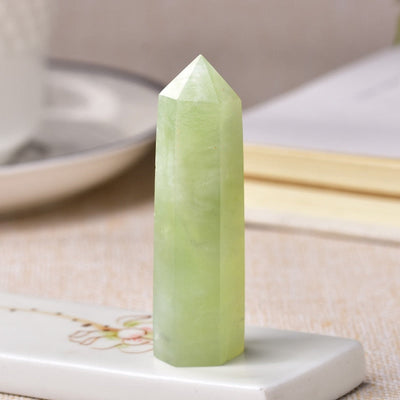
Green Jade Crystal Tower for Chakra Balance
$29.99 $39.99
Channel harmonious yin yang energy with this jade crystal tower, crafted to inspire balance and protection in any space.
Explore ProductBringing Yin Yang Symbolism into Your Life
Embracing the yin yang meaning in life does not require dramatic change. It starts with mindfulness—recognizing the interplay of different energies in your daily routine. It's about balancing work (yang) with rest (yin), speaking (yang) with listening (yin), and making time for both vigorous activity and quiet contemplation.
Surrounding yourself with meaningful objects can serve as a powerful physical reminder of this philosophy. Incorporating items that represent harmony and natural elements can help you cultivate a balanced state of mind and environment. Whether through art, decor, or personal accessories, the visual presence of these symbols reinforces your intention to live in a more centered and harmonious way.

Wearing the symbol can be a particularly personal and potent practice. An accessory like a bracelet becomes more than just an ornament; it acts as a tactile anchor to the present moment, a reminder on your wrist to seek balance throughout your day. Each time you glance at it, you are invited to check in with yourself and reconnect with your intention to live with awareness and harmony.

Wearable Reminders of Harmony
Wear this yin yang bracelet as a daily reminder of duality and balance—traditional symbolism for harmony and positive energy. Learn more ➔
Bring yin yang philosophy to life with this natural shell chime—sound healing inspired by harmony, nature, and opposites. Learn more ➔
Conclusion
The yin yang symbol is a timeless and universal map to understanding the world and our place in it. Its elegant design encapsulates the profound truths of duality, interconnectedness, and the necessity of balance for a harmonious existence. By appreciating its deep origins and intricate symbolism, we can transform this ancient icon from a simple graphic into a meaningful tool for mindfulness and personal growth. Embracing its philosophy encourages us to find the light within the dark, the rest within the action, and the profound peace that comes from living a balanced life.
Frequently Asked Questions about the Yin Yang Symbol
The yin yang symbol, or Taijitu, is a circle divided into two teardrop-shaped halves—one black (Yin) and one white (Yang). It represents the Taoist concept that everything in the universe consists of two opposing but complementary forces that interact to form a harmonious and complete whole.
The ☯ emoji or symbol visually represents the concept of yin and yang. It stands for balance, harmony, duality, and the idea that seemingly opposite forces are interconnected and interdependent in the natural world. It is a symbol of universal equilibrium and wholeness.
Neither yin nor yang is inherently positive or negative. The philosophy transcends these labels. Yang is associated with active, "positive" polarity, while Yin is associated with passive, "negative" polarity, but both are essential and equally important for balance. One cannot exist without the other.
Yin (the black section) is associated with feminine energy. It represents qualities such as receptivity, intuition, darkness, and passivity. Conversely, Yang (the white section) is associated with masculine energy, representing qualities like activity, logic, light, and assertiveness.
The spiritual meaning of yin and yang is centered on harmony, unity, and the acceptance of duality. It teaches that balance is not a static state but a dynamic process of integrating the opposing aspects of our lives and ourselves. Spiritually, it's a guide to achieving inner peace by acknowledging that both light and shadow, joy and sorrow, are necessary parts of a complete human experience.

